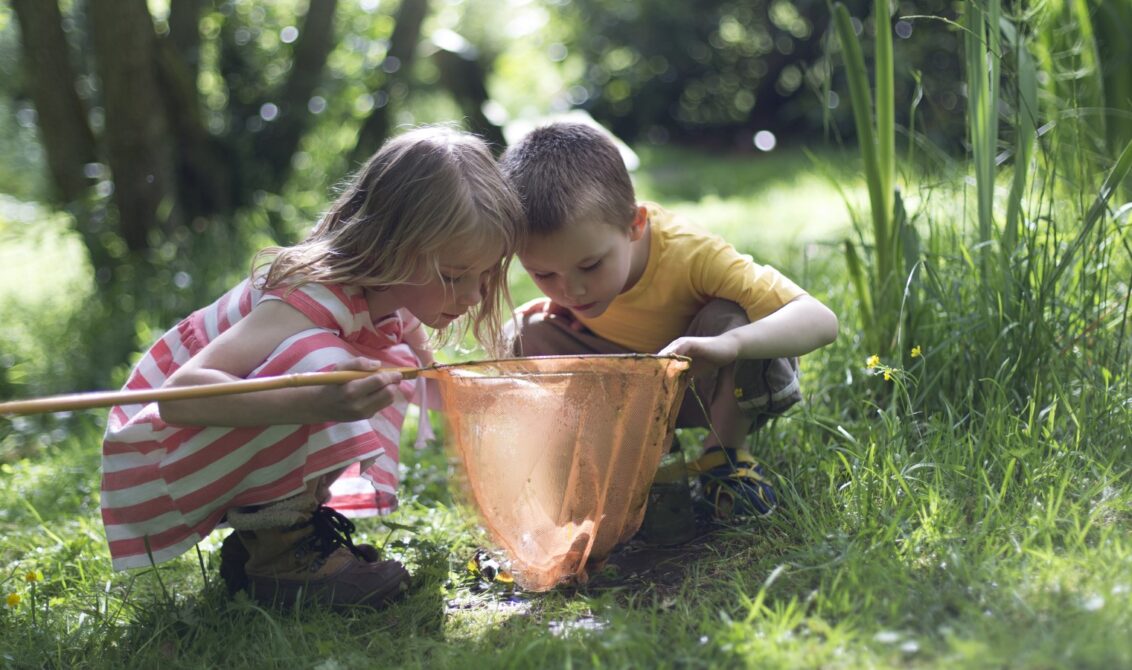
In international schools, students often come from a variety of backgrounds, with extended families in other countries. As a result, at times they lack the type of deep community connection that comes from growing up locally, with roots that go back generations.
In this context, international schools have an opportunity to provide families from other countries with a much-needed sense of community and place. But is there a way to develop and extend this sense of connection with the wider local community? Place-based learning could be the answer. Let’s learn more:
What is place-based learning?
Place-based learning can be described as a teaching and learning method which focuses on students’ local environment, history, culture and community. These provide a jumping off point for studying subjects and undertaking projects across the curriculum. There are lots of different ways to explore place-based learning, but there are some common principles which unite these different approaches:
- Learning takes place outside the classroom, in the local urban or natural environment – even in the school playground!
- Learning is focused on topics or issues which are relevant to the community.
- Learning projects take a positive approach towards the local area, grounded in enthusiasm and affection.
- Learning projects make an active contribution to the local community.
- Learning is a way of building relationships with local organisations, charities, government bodies and independent businesses.
- Learning draws on at least two different subjects or disciplines, so that place-based projects are cross-disciplinary and reinforce different parts of the curriculum.
So, those are the guiding principles of place-based learning – but what are the benefits?
The positive impact of place-based learning
There are lots of benefits to this innovative approach for students and teachers, the school and the wider community. Let’s take a look:
How place-based learning benefits students
Research shows that one of the effects of place-based learning for students is improved academic performance across the subject areas addressed by place-based projects such as maths, science and history.
However, the benefits of place-based learning goes beyond test scores. It can improve students’ 21st century skills, as well as their academic performance. Community projects and participation teach students valuable soft skills such as:
- problem-solving
- leadership
- critical thinking
- working as a part of a team
- time management
Place-based learning is also fantastic for learners’ social and emotional development. A study on school-based environmental action found that students reported an increased sense of self esteem, improved confidence in social interactions, and more sensitivity towards cultural diversity.
How place-based learning benefits teachers
Place-based learning can provide teachers with a welcome relief from the demands of the curriculum, and offer a chance to reinvigorate your teaching practice while supporting students through a new educational experience.
Because place-based learning integrates a variety of different subjects and disciplines, there is a lot of opportunity to connect and collaborate with your colleagues in other departments of the school. And many teachers find that this type of interdisciplinary collaboration helps them to develop innovative and eclectic approaches to teaching and learning.
Teachers also benefit from students’ increased engagement with place-based learning. Students are more motivated, so you don’t need to expend the same energy on getting students interested in a topic or activity.
What’s more, just as your students develop soft skills through place-based learning, so will you. Research has shown that place-based learning can help you to hone your leadership skills, expand your civic participation, and plan your curriculum with more intention and thought.
How place-based learning benefits the community
So, what effect does place-based learning have on the wider community?
Through project-based learning, students have an opportunity to make a difference in their local community by undertaking conservation work, highlighting environmental issues and helping to solve local problems. Learning more about their local area helps students to build an appreciation for their neighbourhood that is more likely to lead to sustained community contribution.
Both the school and local organisations will benefit from forging stronger relationships and developing a continuing dialogue with one another. These closer relationships help students to feel like more engaged, active citizens with a stronger sense of community attachment. And the presence of students who are engaged and enthusiastic about their local area can boost economic vitality and improve the quality of life for everyone in the community.
Learn more
Does your school engage in place-based learning, or do you have an idea for a fantastic place-based project? For more on this topic, find out how to help your students connect with nature during the school day, and read about teaching a green curriculum and how you can support your students in their environmental endeavours.
Sign up to receive our blog updates
Like what you read and want to receive more articles like this direct to your inbox? Subscribe to our blog and we’ll send you a fortnightly digest of the blog posts you may have missed, plus links to free resources to support your teaching and learning.

